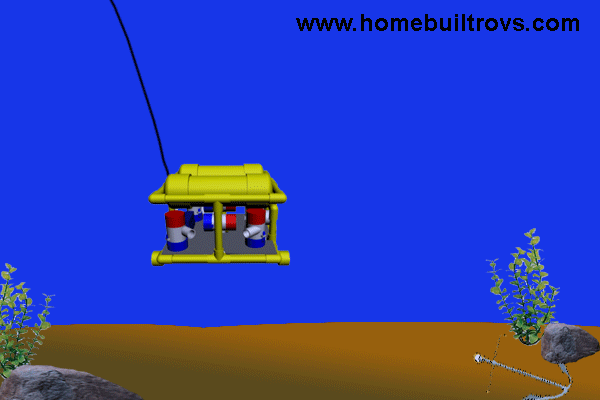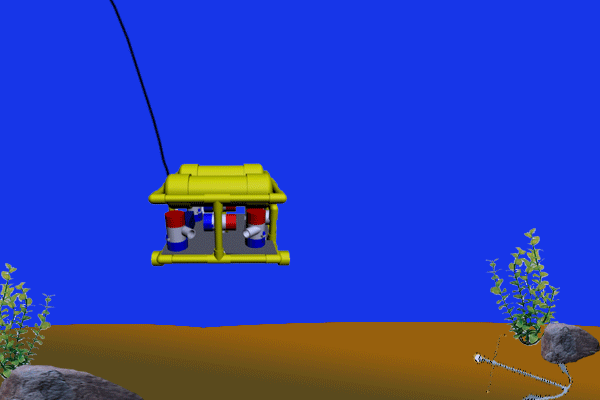|
How To's
Buoyancy Tips |
|
|
|
I get a lot of Buoyancy related E-mails so I thought I would do I quick write up on what works for me. I will be using the Seafox Rov for this write up but this will apply to any Rov Design.
|
|
|
 |
|
The main thing you want to do when designing your Rov is to build it so it Floats. The #1 Rule when it comes to Rov buoyancy is "It's easier to add more Weight than it is to add more Floats." Rule #2 is "You always want the Floats at the Top and the Weights at the Bottom." This keeps the Rov stable when it is in the water.
|
|
|
 |
| When adding your Floats and any Weights to your Rov you want to make sure that they are both evenly distributed across your Rov. If your Floats or Weights are off centered your Rov may not sit Level in the water. Which may be part of your design, I like mine to fly level and straight though. If every thing is balanced your Rov should float nice and stable in the water. |
|
|
 |
|
This is just a quick animation to show how your Rov should right itself if everything is balanced well.
|
|
|
 |
| When it comes to the Floats I prefer PVC made floats because they are easy, cheap, and durable. You could use any thing from PVC, Pool Noodles, Closed Cell Foam, basically anything that floats |
|
|
 |
| I always design my Rov with hollow skids so I have someplace to easily to add weight. I like to use lead shot, BB's or washers, anything along those lines so its easy to adjust the weight. On my Seafox I used washers threaded onto a dowel and just stuff them in the hollow skids. I always bring spares with me on dives incase I need to adjust the buoyancy in the field.
The biggest question I get is "How do you know how much to add?" You could figure out displacement, weight, mass and all that fun stuff but I take the easy way out. (Remember your Rov should float first) I place the Rov in the water and using a mesh bag centered on the Rov I add weight (washers in this case) to the bag until I get the Rov as close to Neutral buoyancy as I can. I then divide up the washers into 2 even piles and thread them onto two dowels and stuff one in each skid. I then fine tune everything on the actually dive. The next biggest question I get is "Neutral, Negative, or Positive Buoyancy?" Well its a matter of personal preference. |
|
|
 |
| If your Rov is Neutral or Negative Buoyant and it gets to close to the bottom you have to use the Up thruster to keep it off the Bottom which depending on the conditions can kick up silt that can obscure your cameras vision. |
|
|
 |
| I prefer to make my Rov's just Slightly Positive Buoyant. This way when I get to close to the bottom I just let the Rov float up a bit before I move on. It may take 15-20 seconds to float up but its faster than waiting for silt to settle. Another plus is if I lose power or if worse case the tether gets severed the Rov will eventually return to the surface. If you have any other questions I didn't cover feel free to E-mail me. |
|
|
| All Information, Pictures, and Material is copyright © 1998-2009 by Stephen Thone and may not be used for any personal or commercial purposes without the consent of the author. All rights reserved. The Author makes no guarantees or warranties as to the accuracy or completeness of, or results to be obtained from accessing and using the Information herein. | |||
